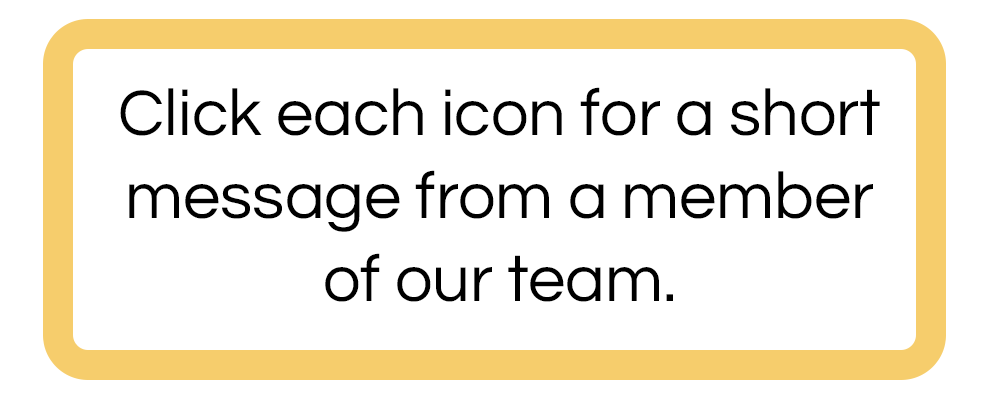
Overall Goals of Plan:
- Assist youth in acknowledgement of emotional instability and resolution of underlying stimuli creating depression/anxiety, leading to normalization of the emotional state
- Assist youth in accepting responsibility for misbehavior and drawing connections between feelings and acting out
- Help youth to increase compliance with rules at home and in school
- Reducing/eliminating episodes of aggressive, destructive, and antisocial behaviors
- Assist youth to transcend victimization experiences, reduce self-blame and transform self-perception to that of a survivor
- Improve communication and respectful interactions in all interpersonal relationships
- Build self-esteem
- Increase anger control and improve conflict resolution strategies
- Maintain abstinence from drugs and alcohol
- Aid youth in developing a comprehensive personalized relapse prevention plan to maintain lifelong wellness and recovery
ARRTS addresses traumatic experiences that lead to mood and behavioral disturbances. This trauma typically includes sexual, emotional, and/or physical abuse. This complex treatment utilizes psychotherapy modalities to keep children in their communities and school programs. The ARRTS program offers individual, group, and family therapy services as part of the treatment course.
Connection
The parent/guardian/referral source of a client connects with DTAC, the client is then interviewed and evaluated, if the client is a good fit for the program the date of admission is set.
Starting
Client enters the ARRTS treatment program.
Phase 1
Duration
3-8 months
Therapy: Typically 10-12 hours of group therapy per week, in addition, there is family therapy and individual therapy every week, with the number of hours determined on a needs basis.
*All numbers are averages and actual hours of therapy are dependent on the client’s individual needs.
Goals: Gaining accountability, responsibility, and commitment to the treatment process which takes place through the acknowledgment of the need for help.
Phase 2
Duration
2-6 months
Therapy: 8-10 hours group therapy per week, family therapy, individual sessions. The amount of family and individual therapy differs based on the needs of the individual.
*All numbers are averages and actual hours of therapy are dependent on the client’s individual needs.
Goals: Identifying Feelings, Exploring Cognitive Processes & Cognitive Restructuring, Identifying Family Role Patterns, Skills Development, Family Education, and Relapse Prevention.
Phase 3
Duration
2-4 months
Therapy: Group sessions, family therapy sessions, individual therapy sessions. During the third phase the group therapy becomes less of a focus, and the focus shifts to individual discharge planning and family therapy.
Goals: Completion of Comprehensive personalized relapse prevention plan, aftercare coordination planning, and reinforcement & continued development of all overall treatment goals.
